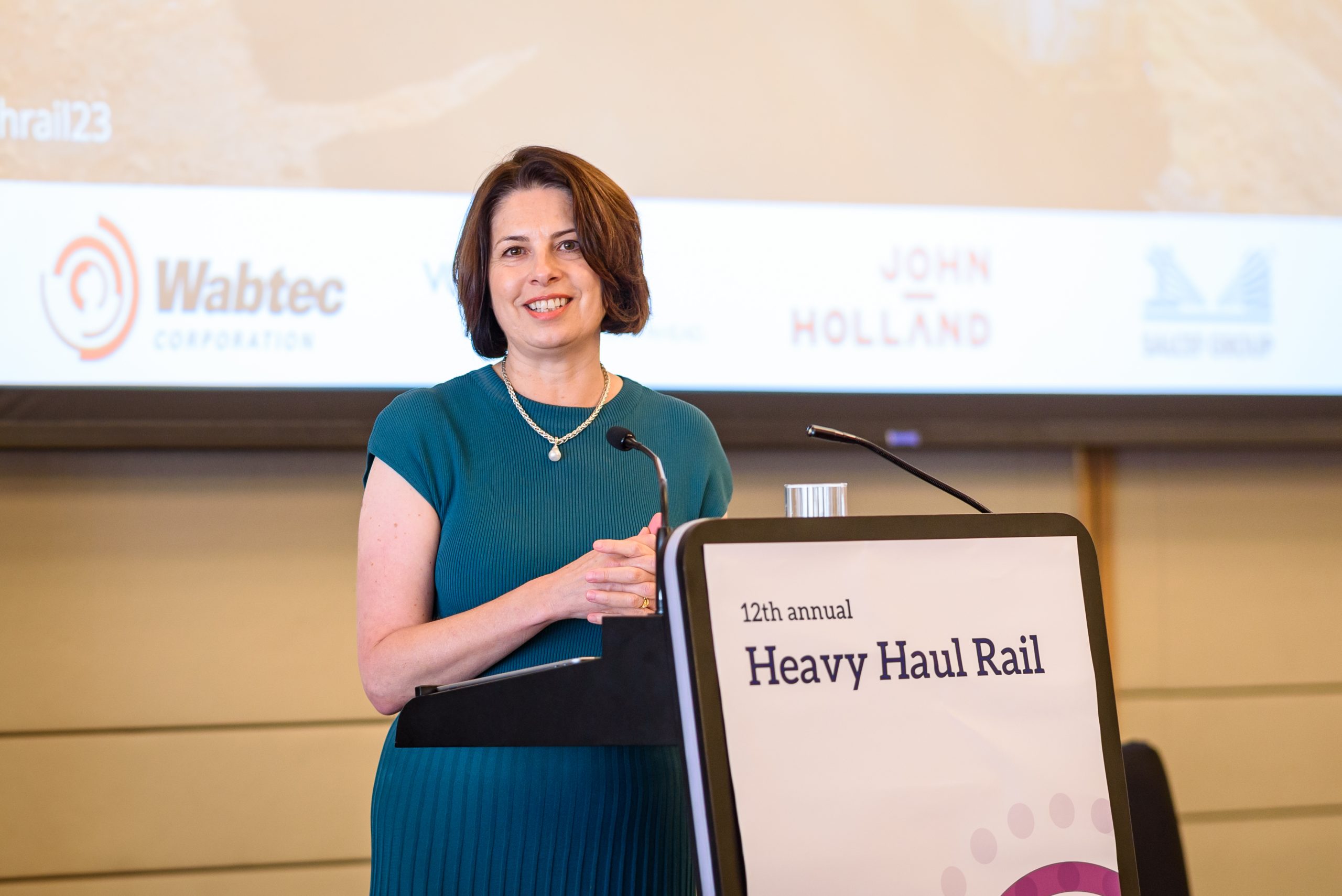Information and very high case load for critical workers
FREIGHT AND LOGISTICS COUNCIL WA
INFORMATION AND VERY HIGH CASE LOAD FOR CRITICAL WORKERS
Western Australia has moved to very high caseload settings from 12.01am, Thursday 10 March, to ensure continuity of operations for critical industries as COVID-19 cases approach the peak.
Critical workers
Based on the latest health advice, businesses that have registered their critical workforce will have the options of implementing new testing and isolation protocols for critical workers, if needed, to continue essential operations.
As announced in January 2022, the critical worker definition is essential to maintain critical services and avoid catastrophic losses, such as loss of life, ongoing access to care and essential goods and workplace safety.
The definition of a critical worker in WA is someone whose role cannot be undertaken at home who:
- performs a role that is critical to the COVID-19 response, or continuation of critical services that prevent significant harm (e.g. loss of life, catastrophic impacts to safety or welfare, lack of access to essential goods) to an individual or the community; or
- performs a role that is necessary for the safe continuation of services and/or has specialist skills in specified industries deemed critical.
These critical workers who are asymptomatic close contacts can attend work, if mutually agreed between employer and employee, with the following protocols:
- record a daily negative RAT prior to attending or on arrival at the workplace;
- wear a surgical mask outside your home and in the workplace, and travel alone, if possible;
- when not at work, you must self-isolate;
- if symptoms ever develop, you must follow symptomatic close contact protocols;
- if a RAT is positive, you must follow confirmed positive case protocols.
Workplaces are required to determine any critical roles based on the guidelines and register this information online.
Additional information
- The definition of close contact is amended to remove a person who has had COVID and recovered from it, for a period of 8 weeks from their recovery.
- The isolation period for a close contact of a diagnosed person who is a member of the same household, to commence the day the diagnosed person took the test that resulted in them becoming a diagnosed person.
- Remove the obligation on a symptomatic and tested person who has received a negative test result from having to wear a mask for a further 7 days.
Links for further advice
- Critical worker furloughing
- Critical worker furloughing registration
WA Health have also kindly shared the below links that may be of assistance to you.
- COVID-19 in the workplace – information for employers and employees
- Guidance for the management of COVID-19 in the workplace (also accessible via the TTIQ Plan page)
- Workplace preparedness guidelines
- Infection prevention and control advice on cleaning and disinfection in the workplace (accessed in IPC and PPE, at COVID-19 information for business, industry and local government)
- Quarantine and isolation information including
- Transition policies and resources for healthcare workers
In relation to the process for moving close contacts off site/rig/platform, the process remains the same as detailed last week.
Close contacts (who are not critical workers or going back to work during their isolation period) will still need to be isolating for 7 days and therefore require another (written/email) direction to be able to leave isolation and return home.
If you have any questions in relation to these new directions, please contact us at Covid-19IndustryLiaison@police.wa.gov.au or call the office on 0863194491







